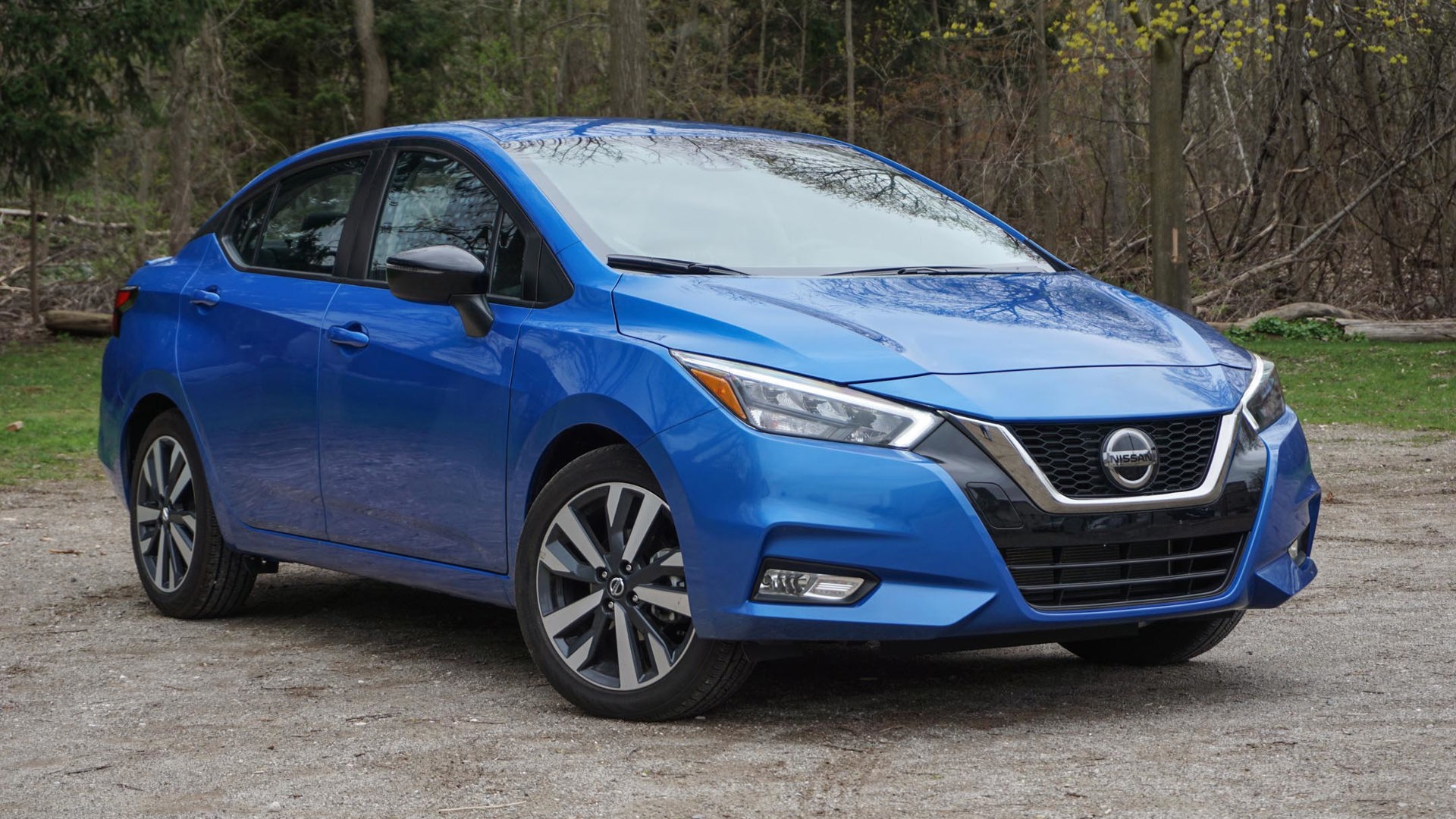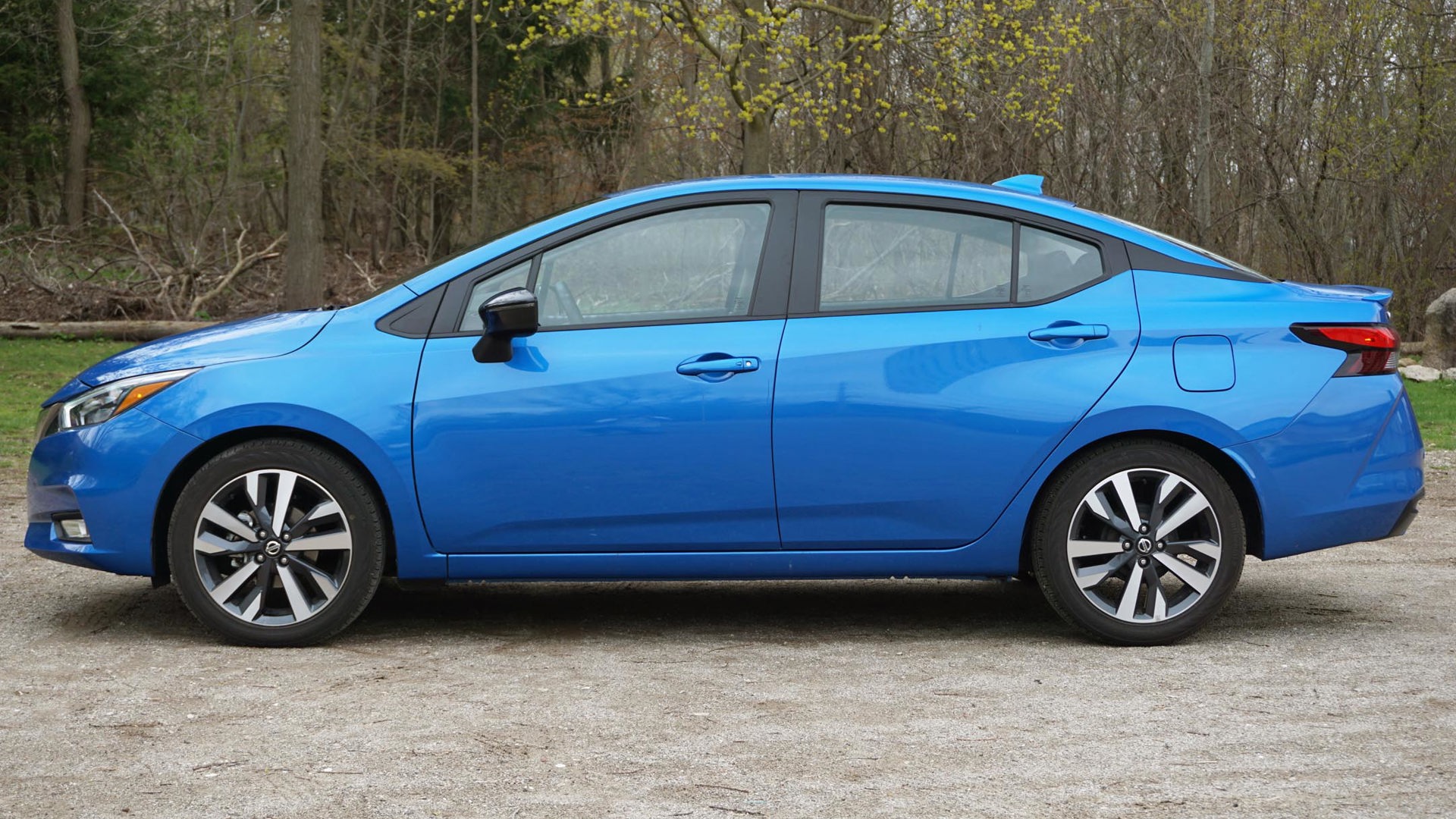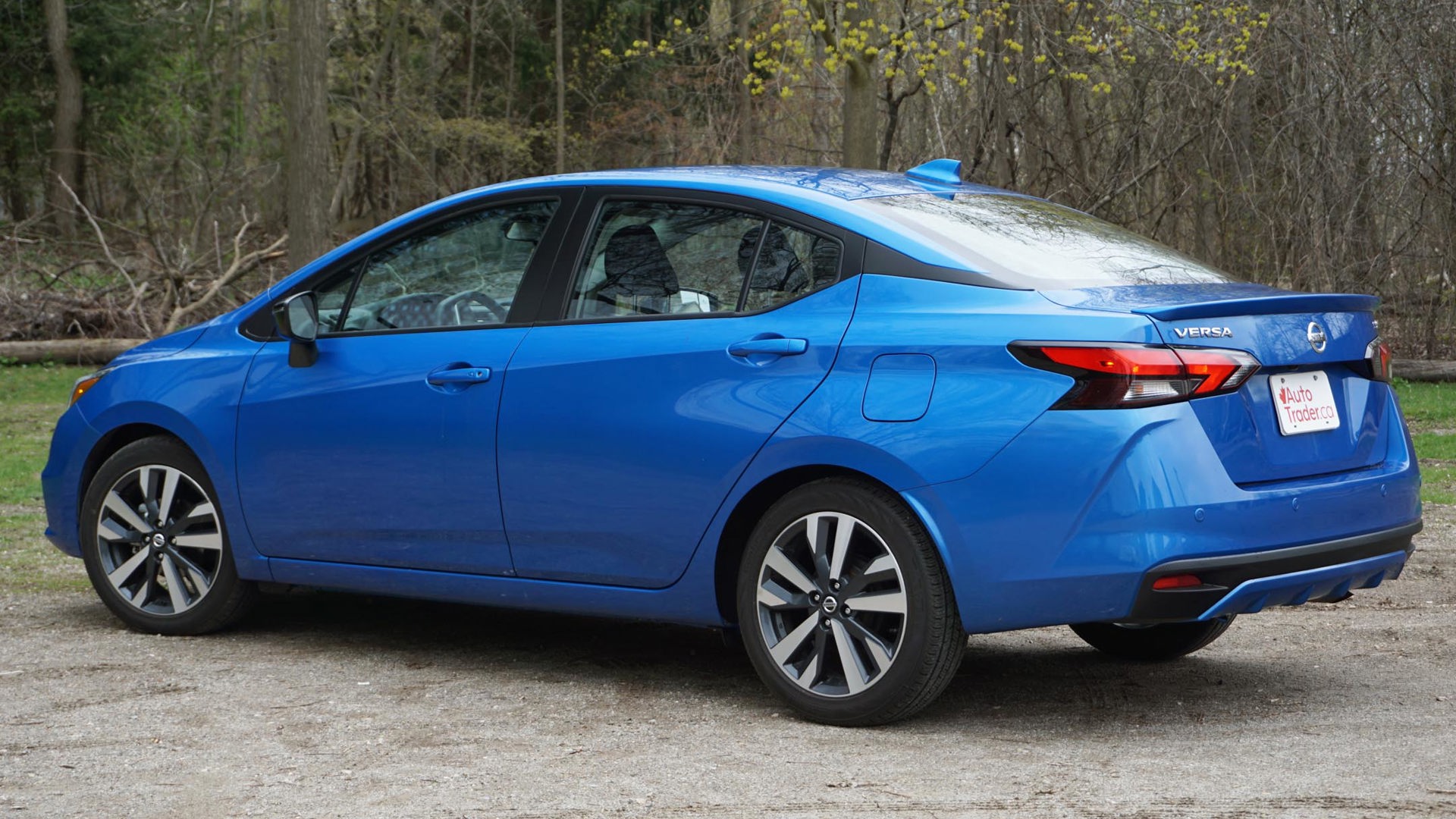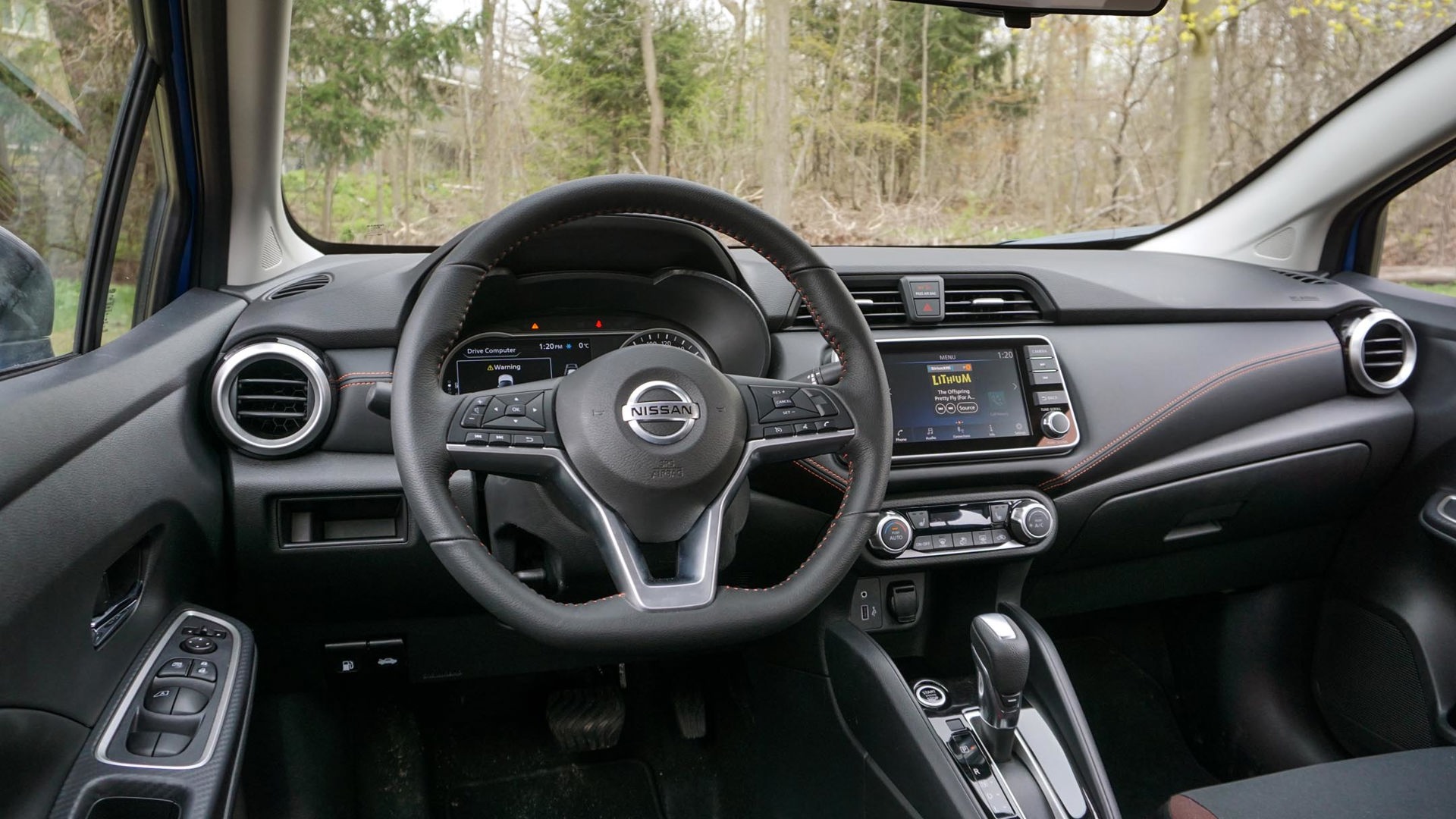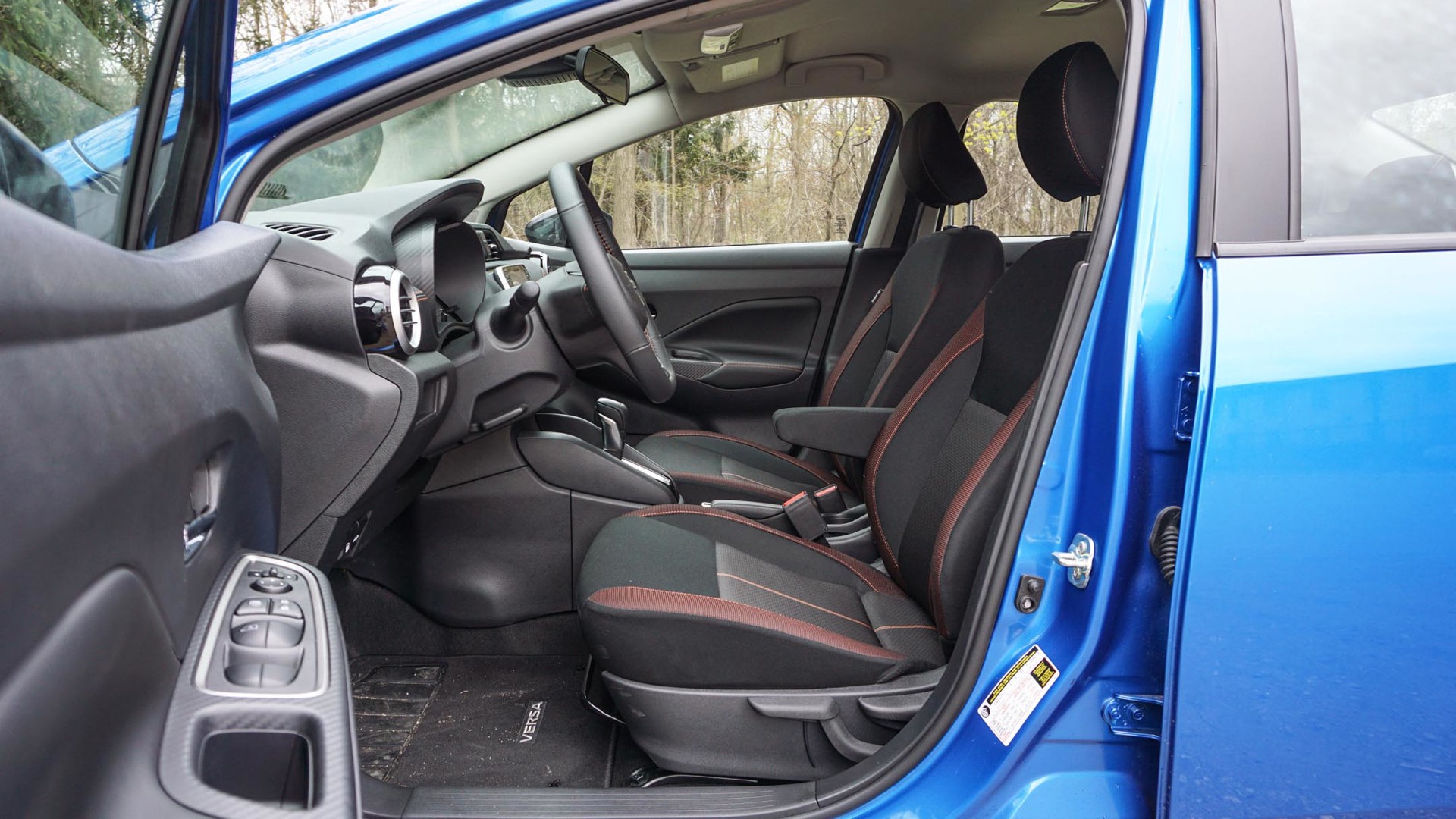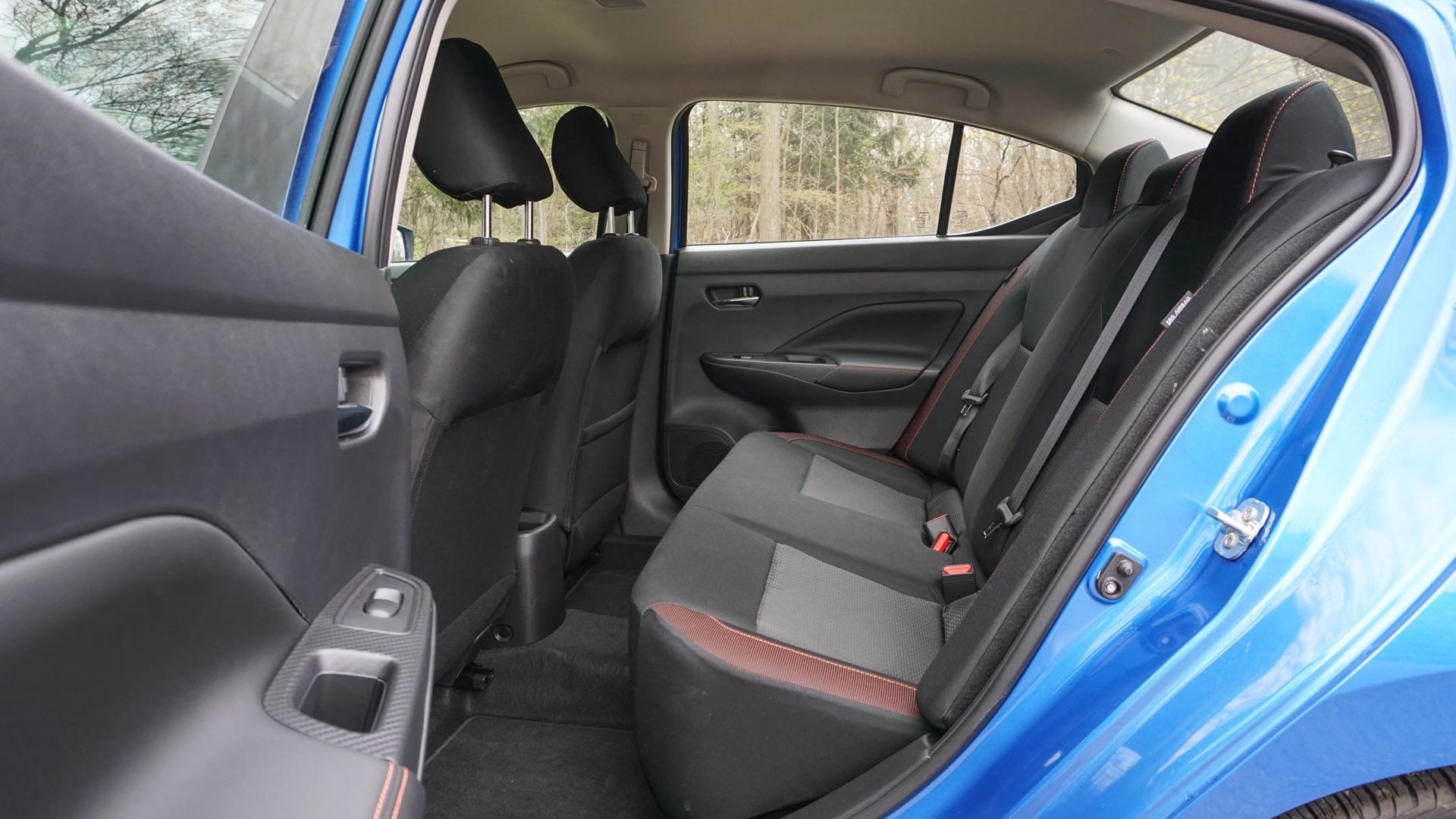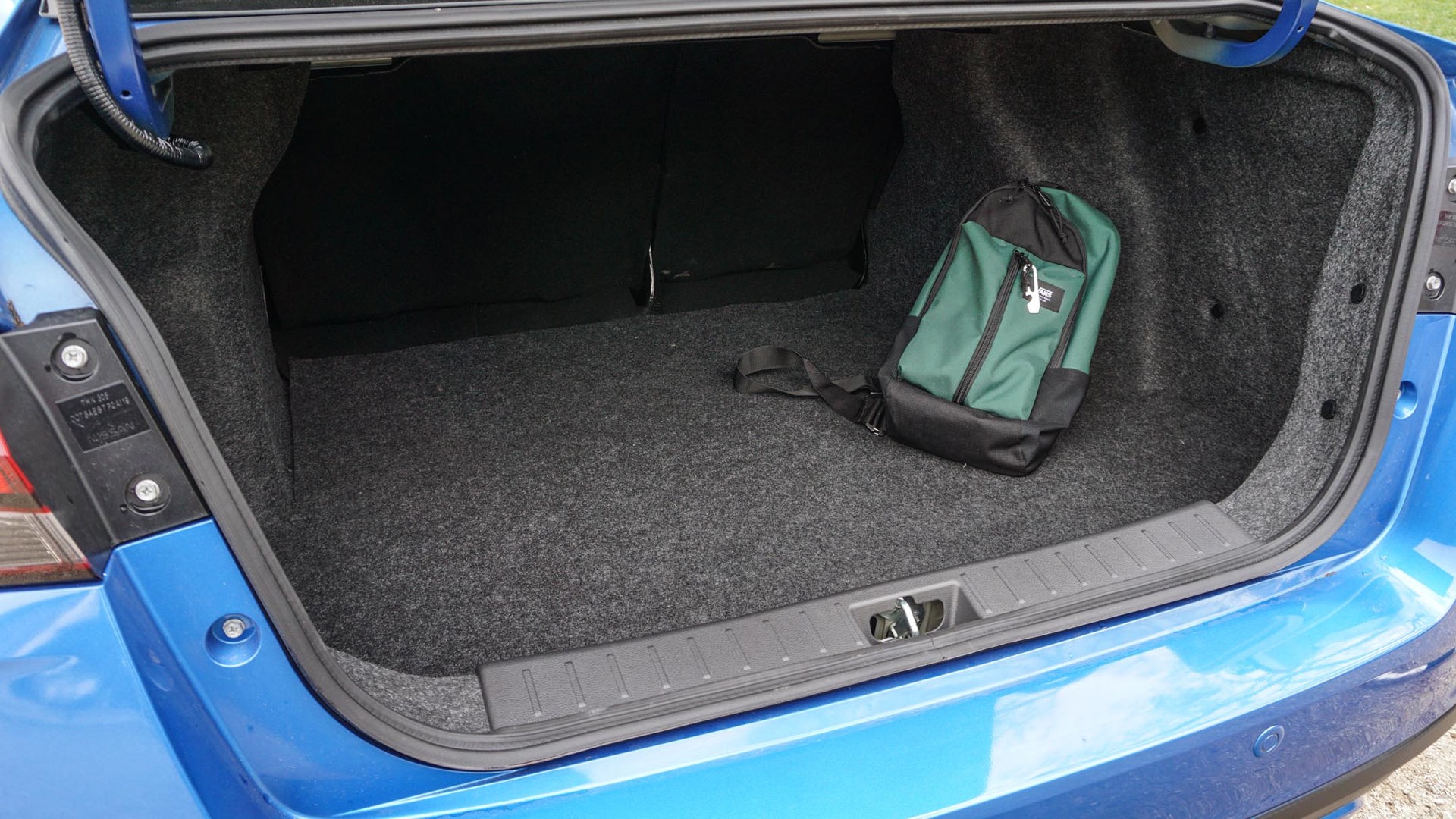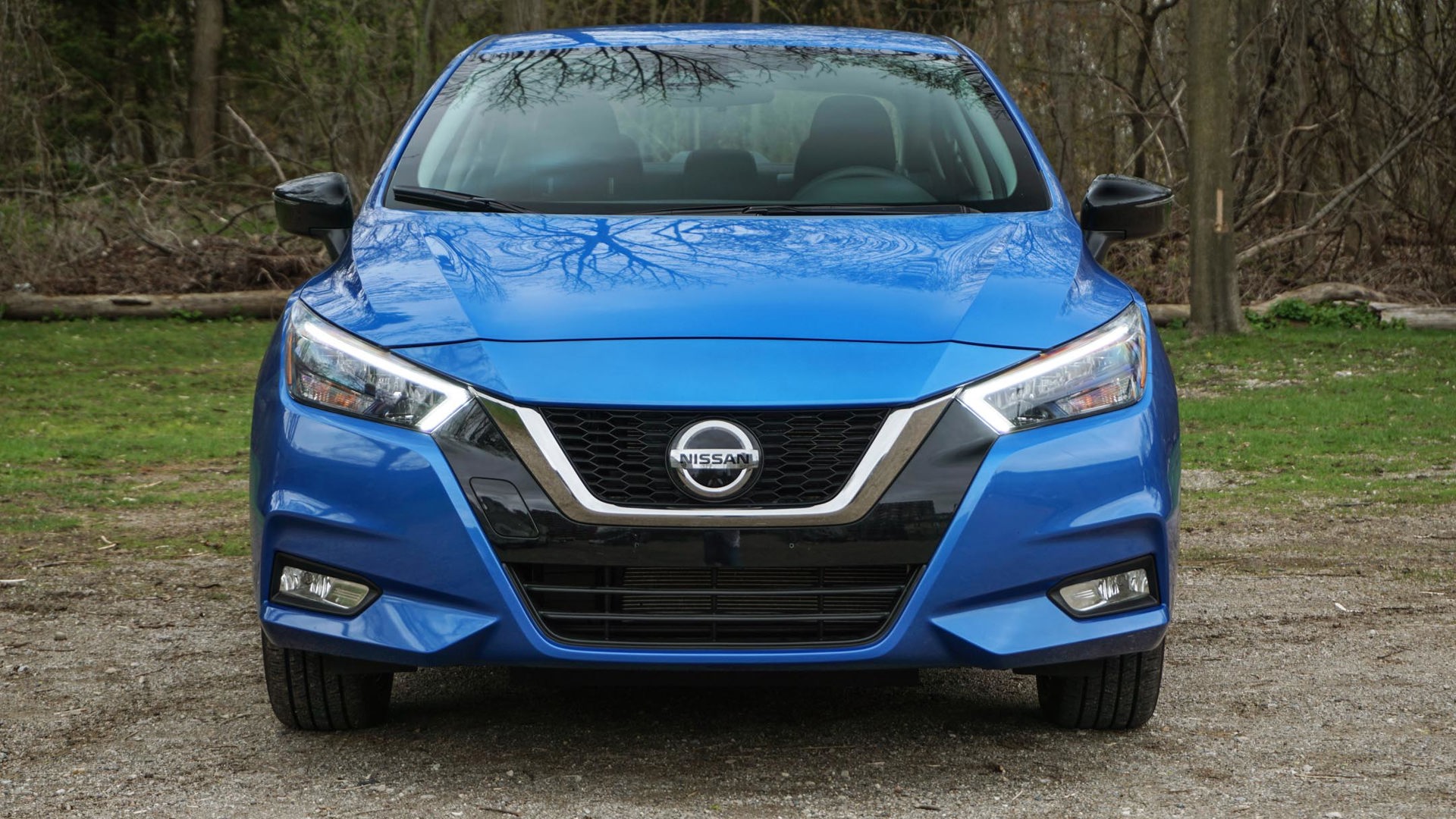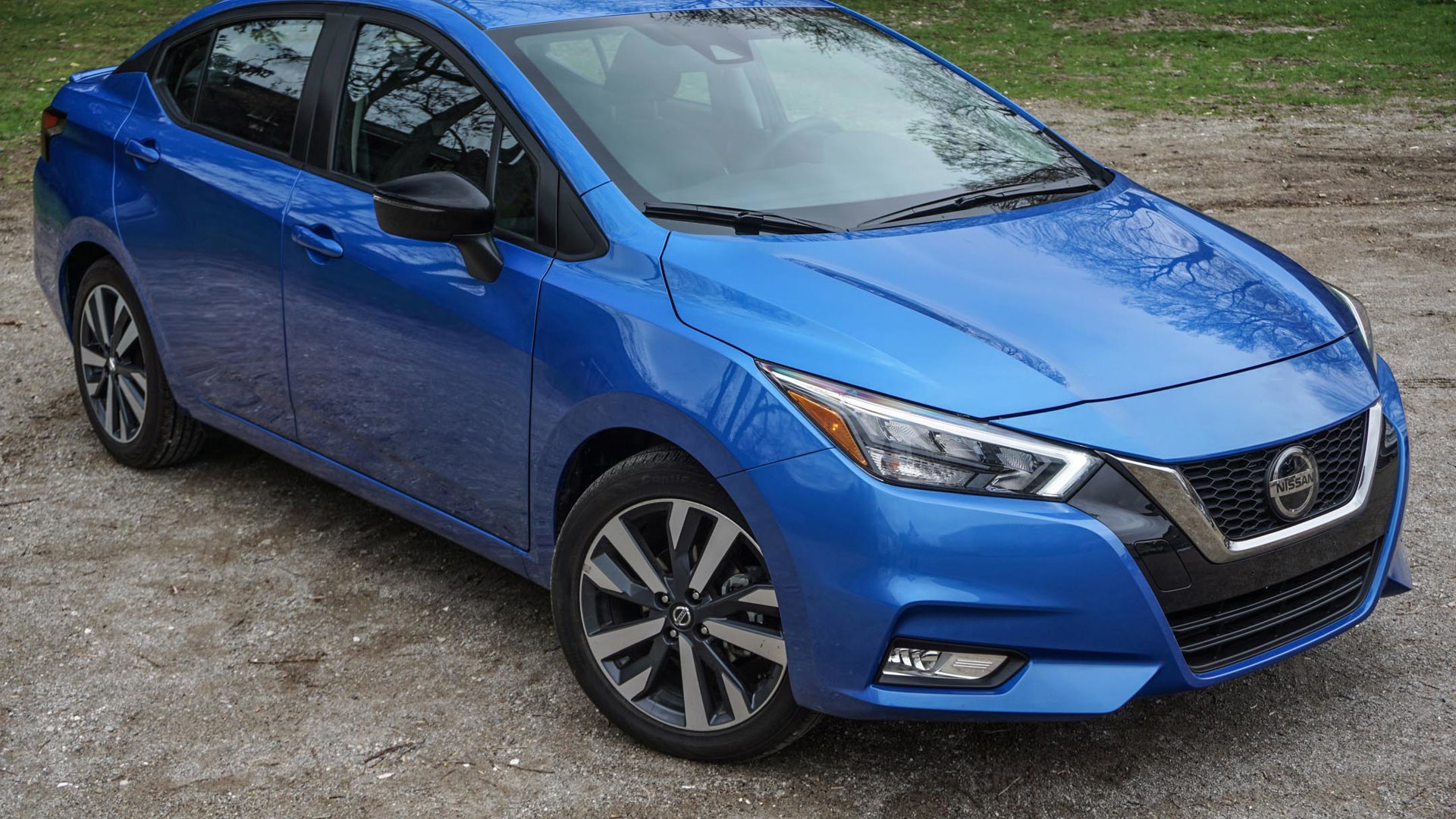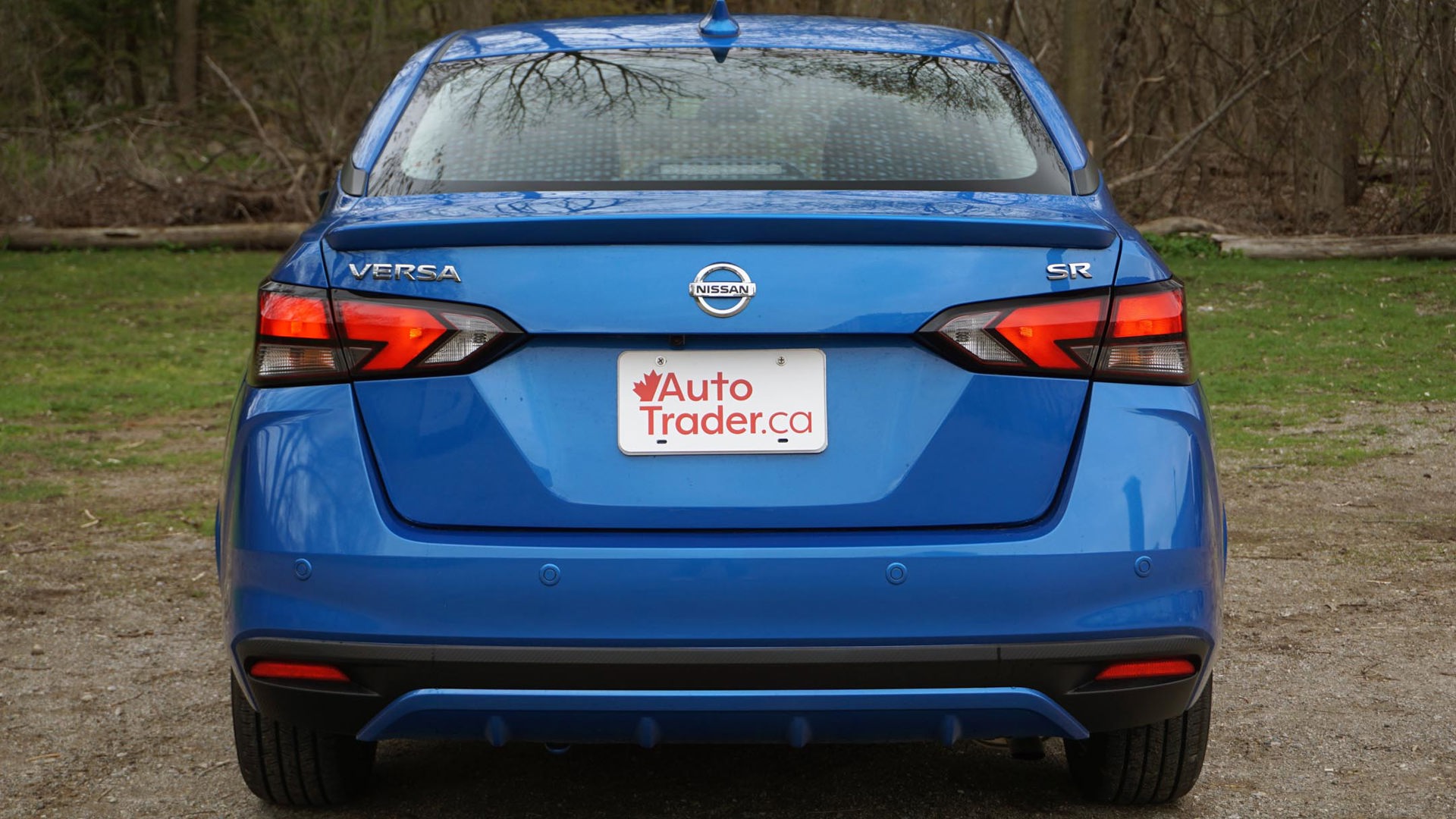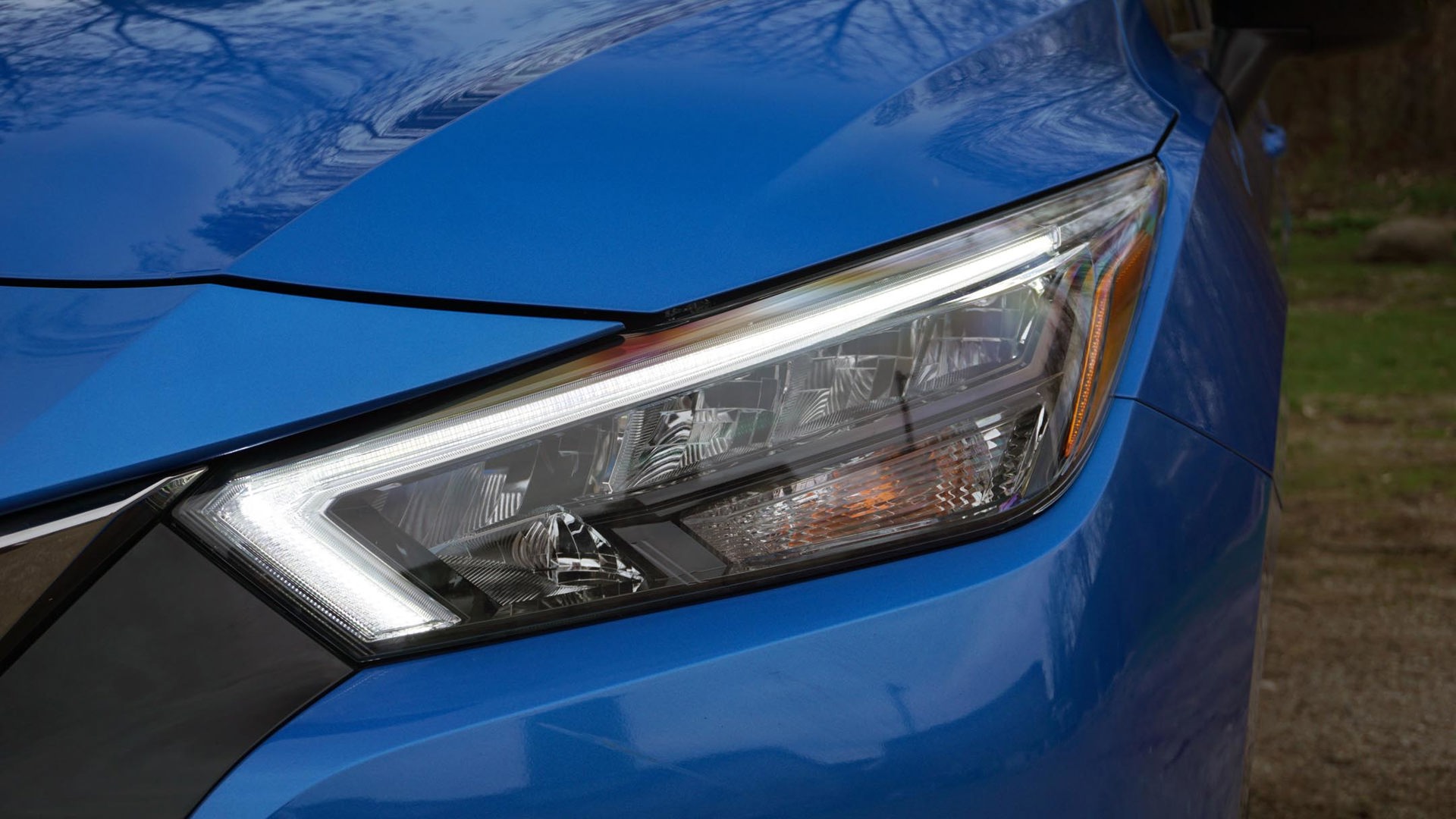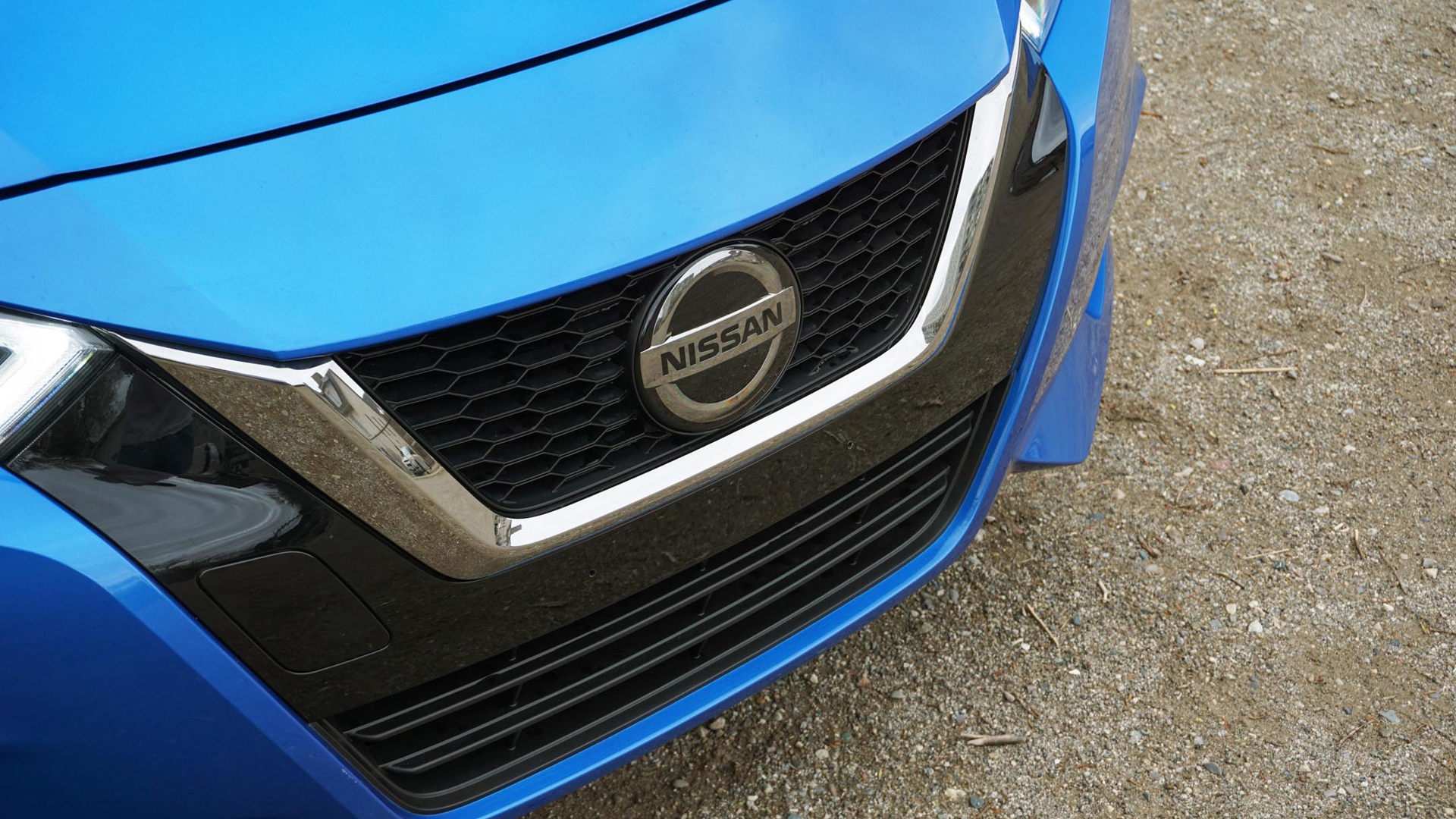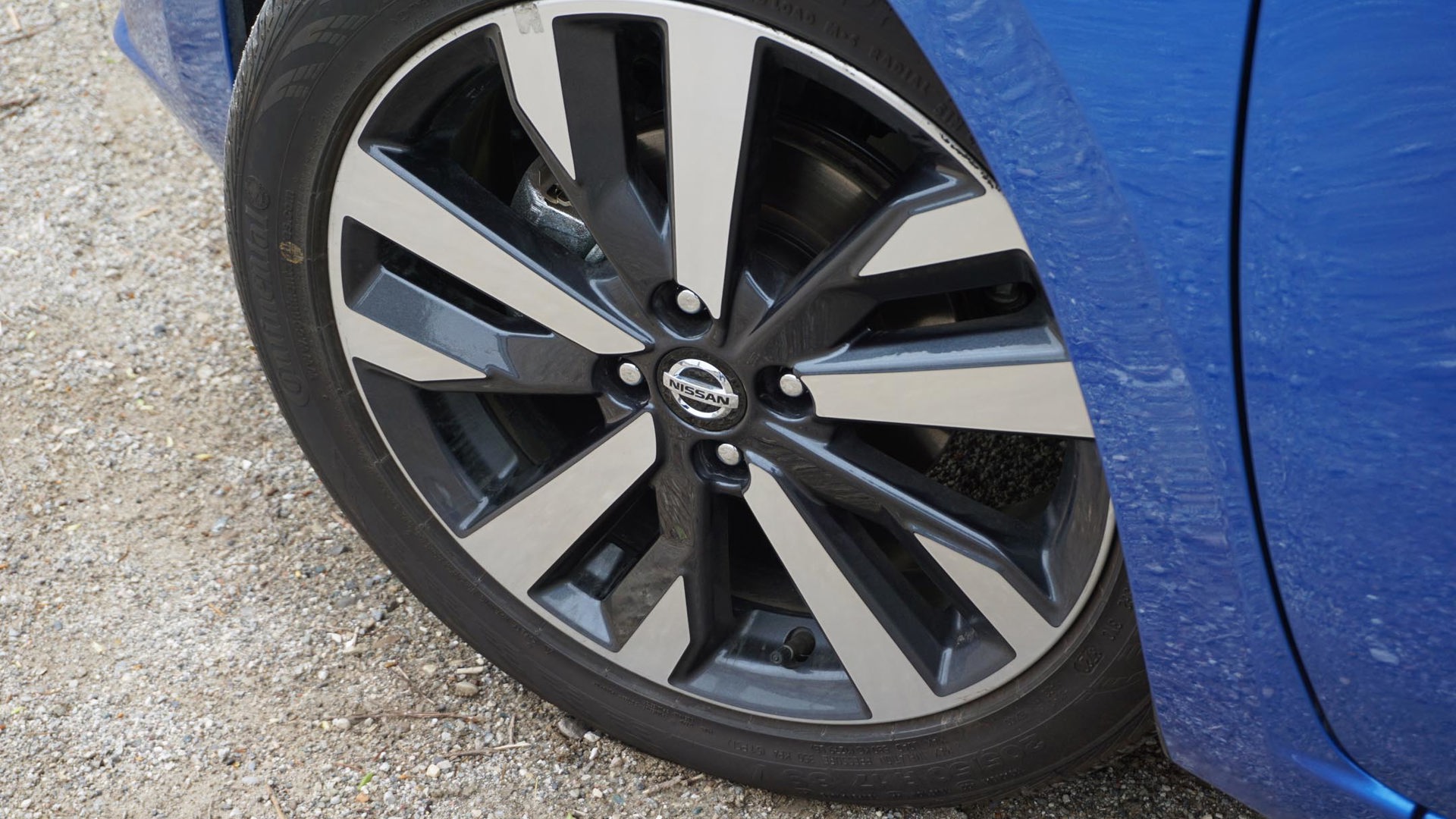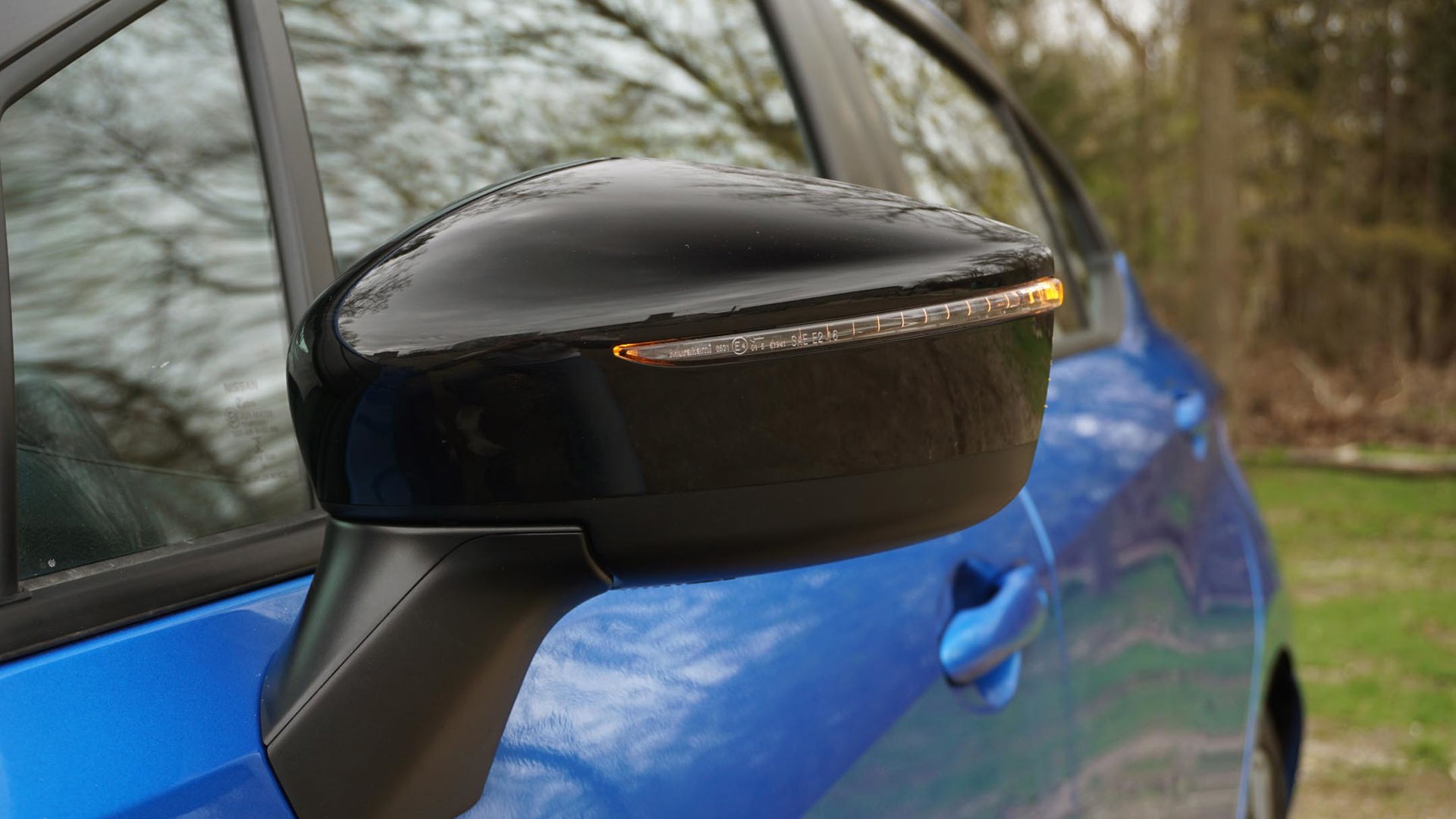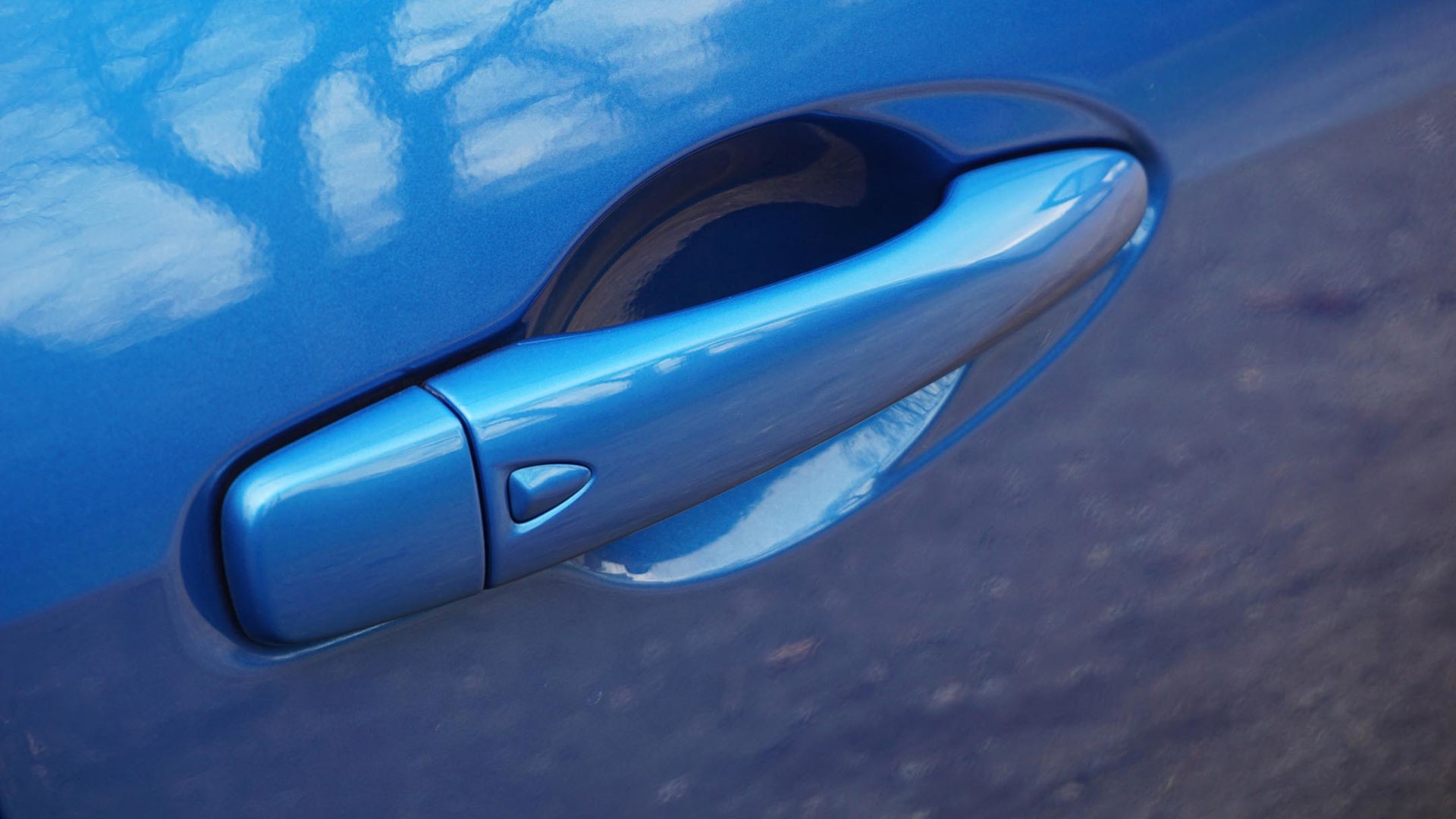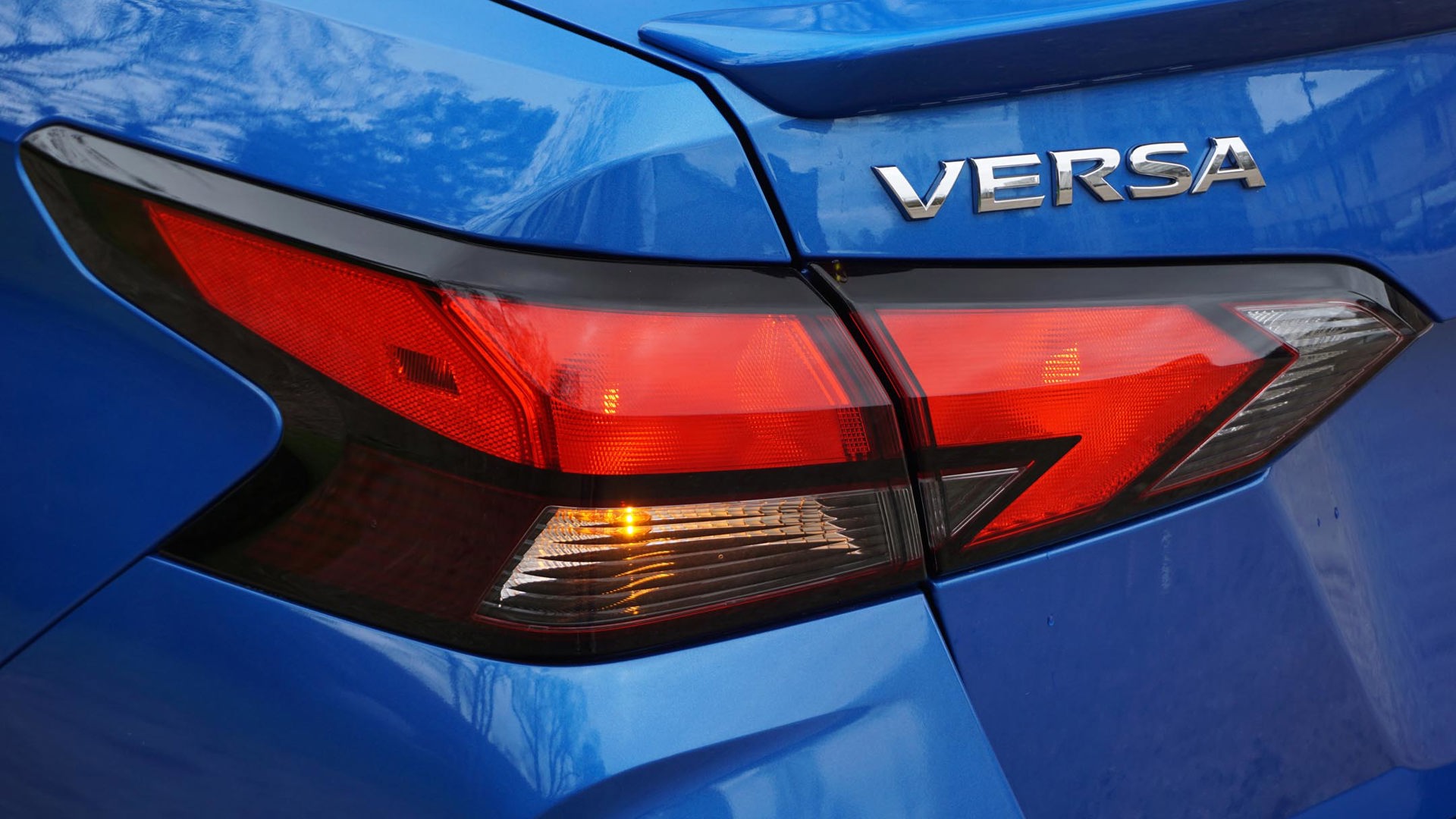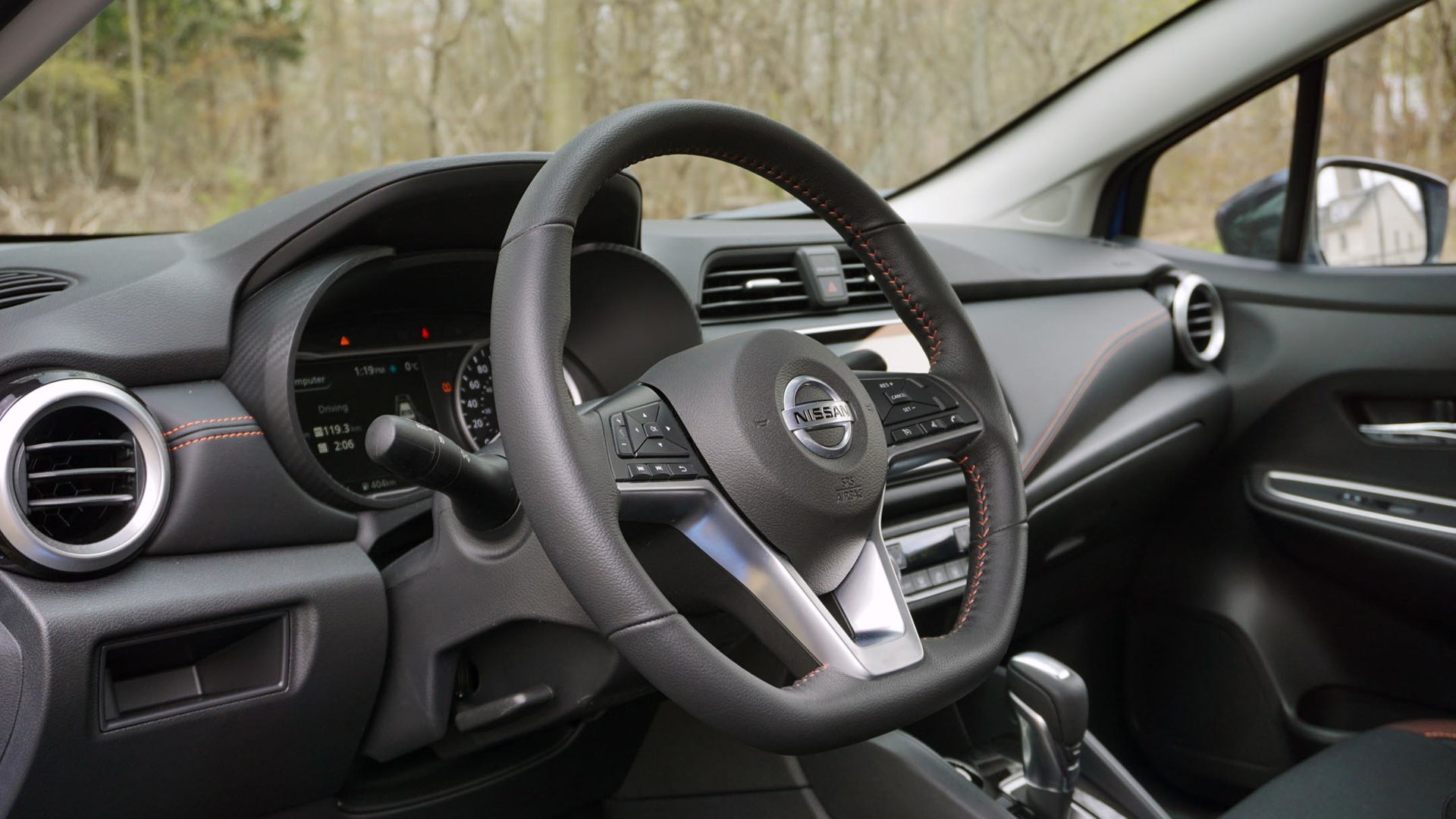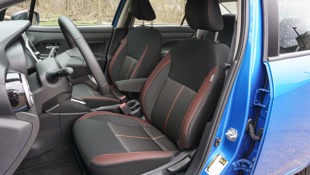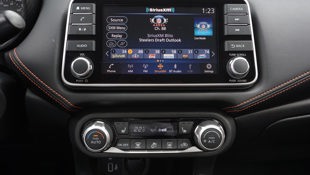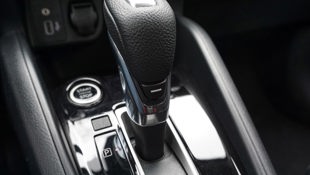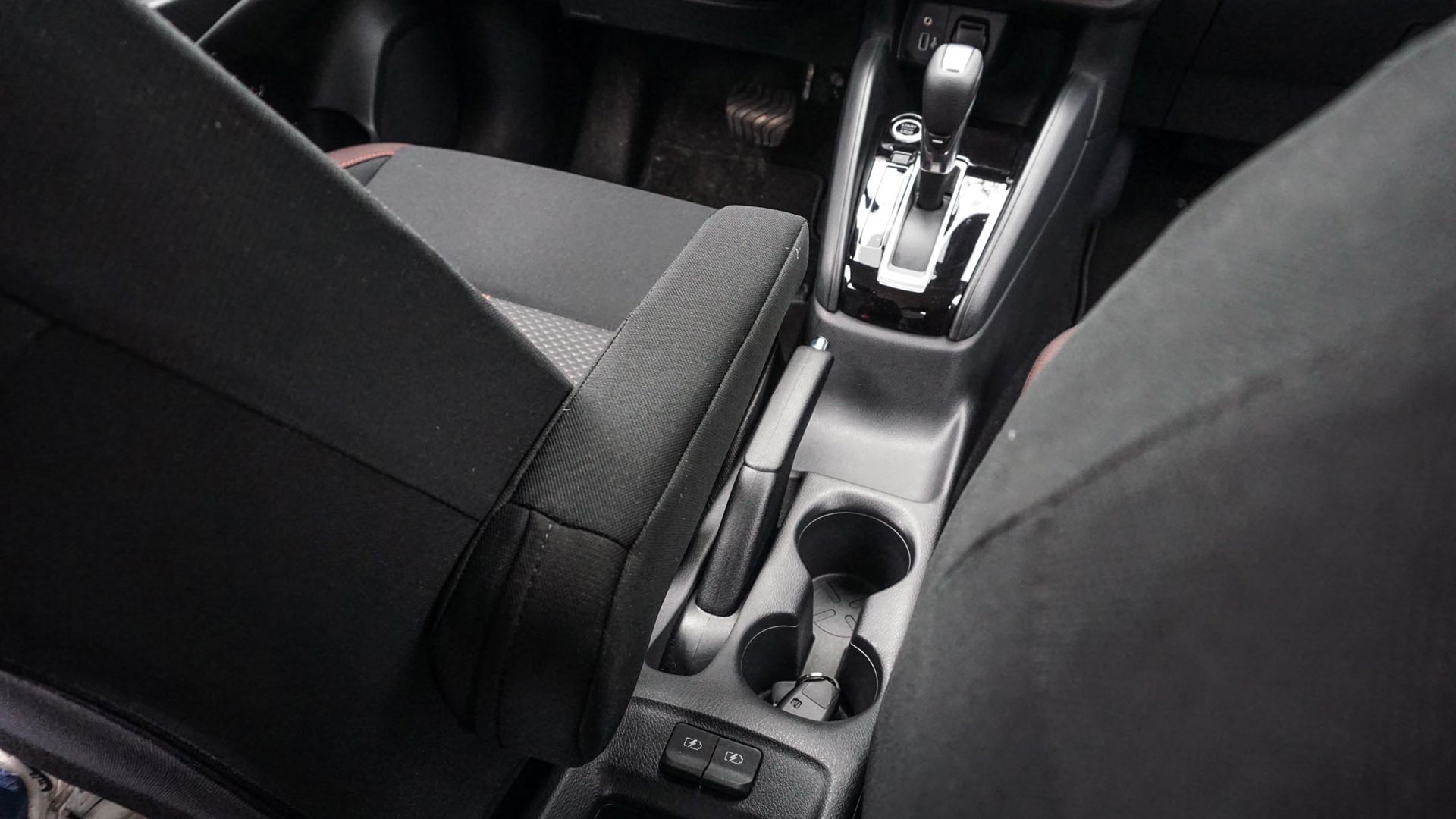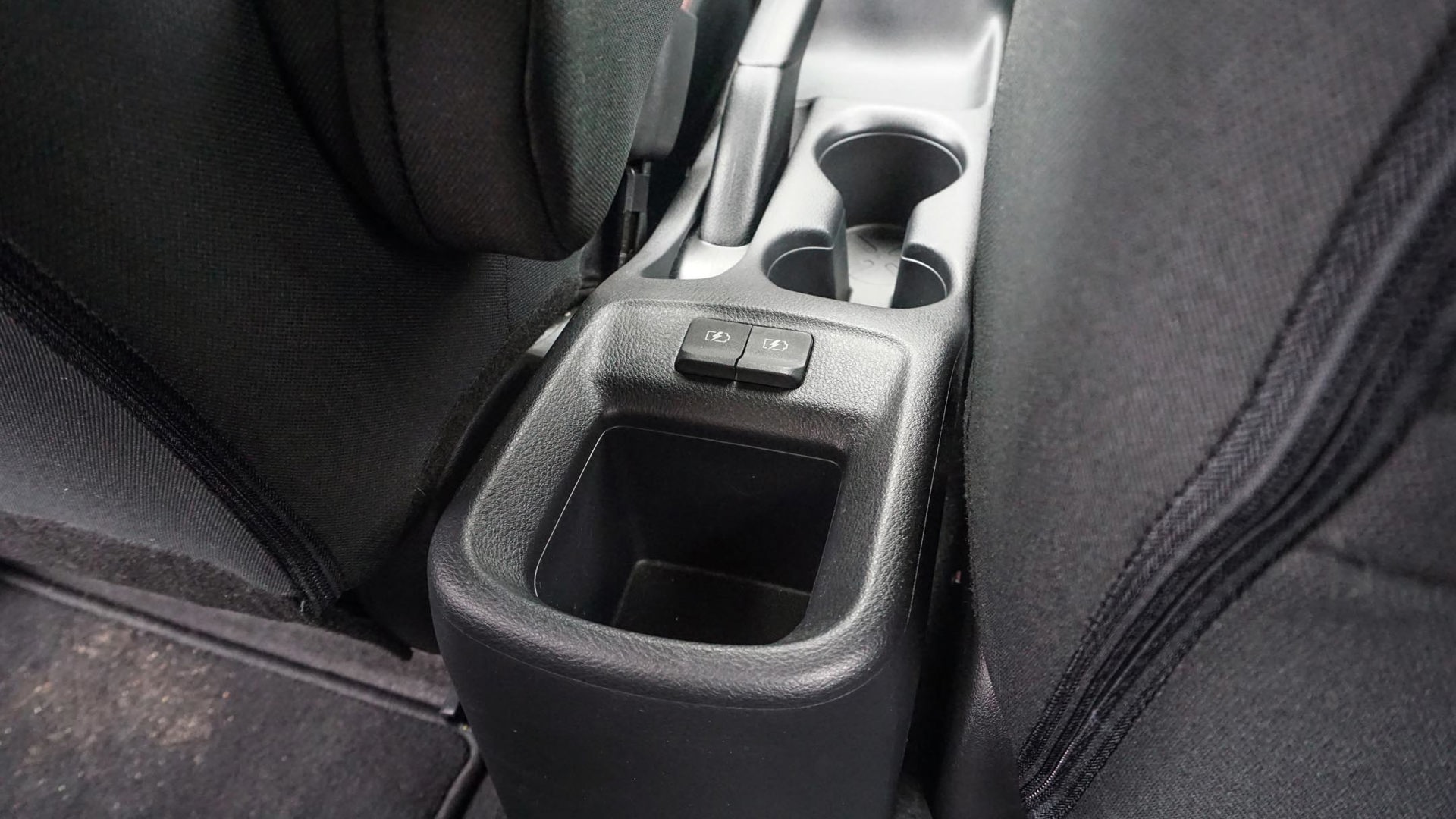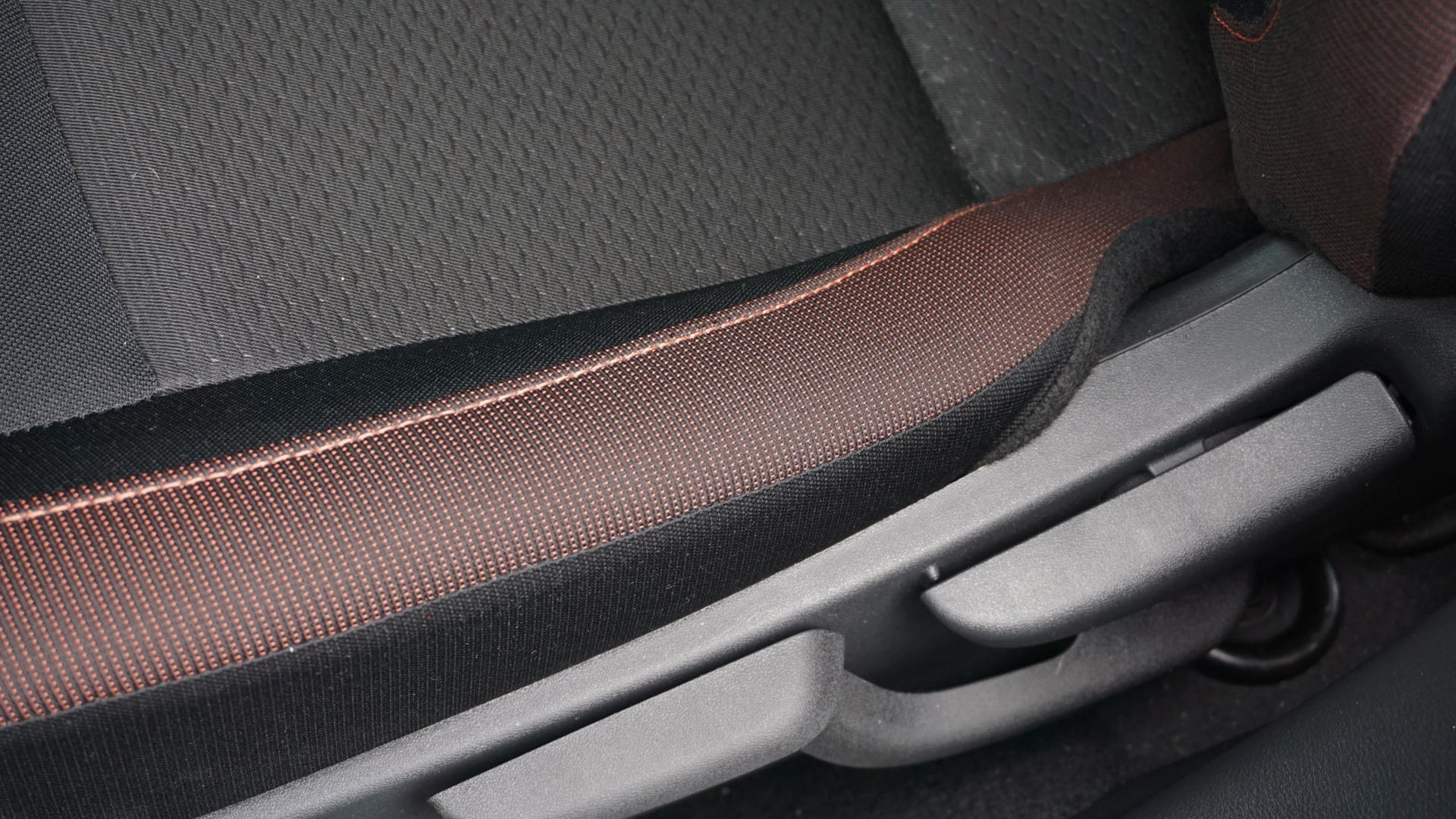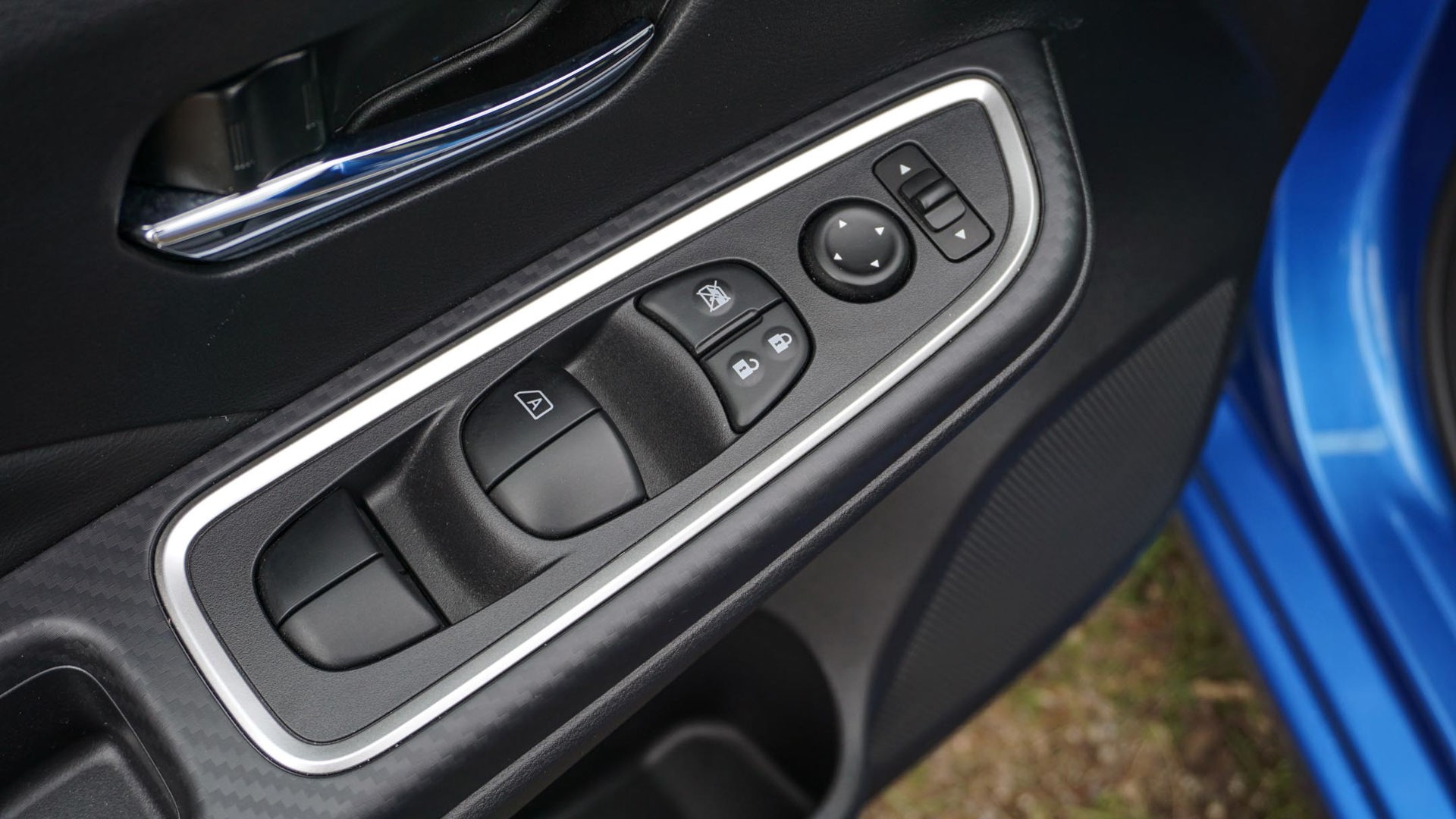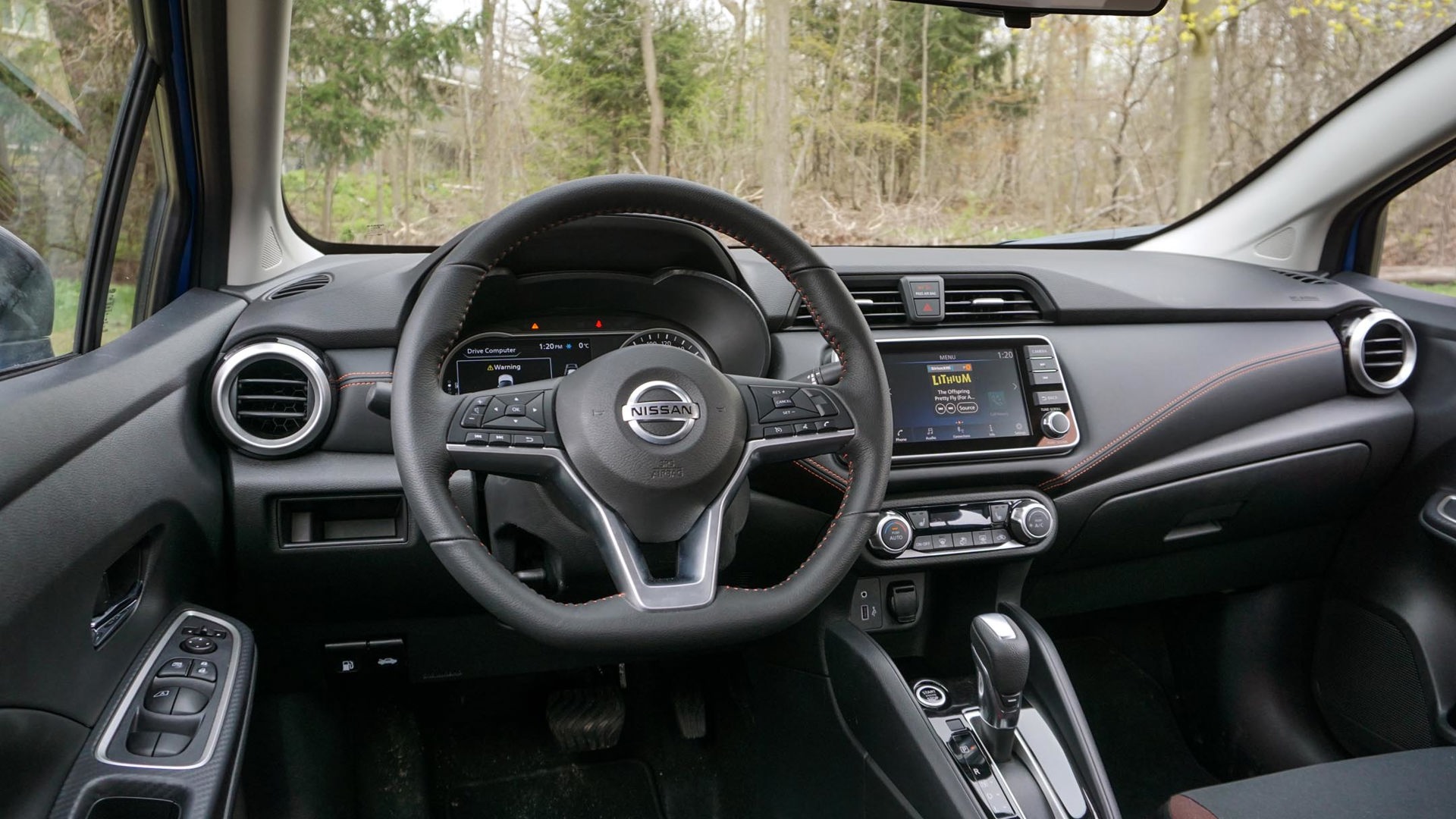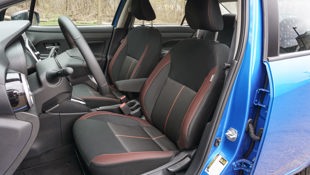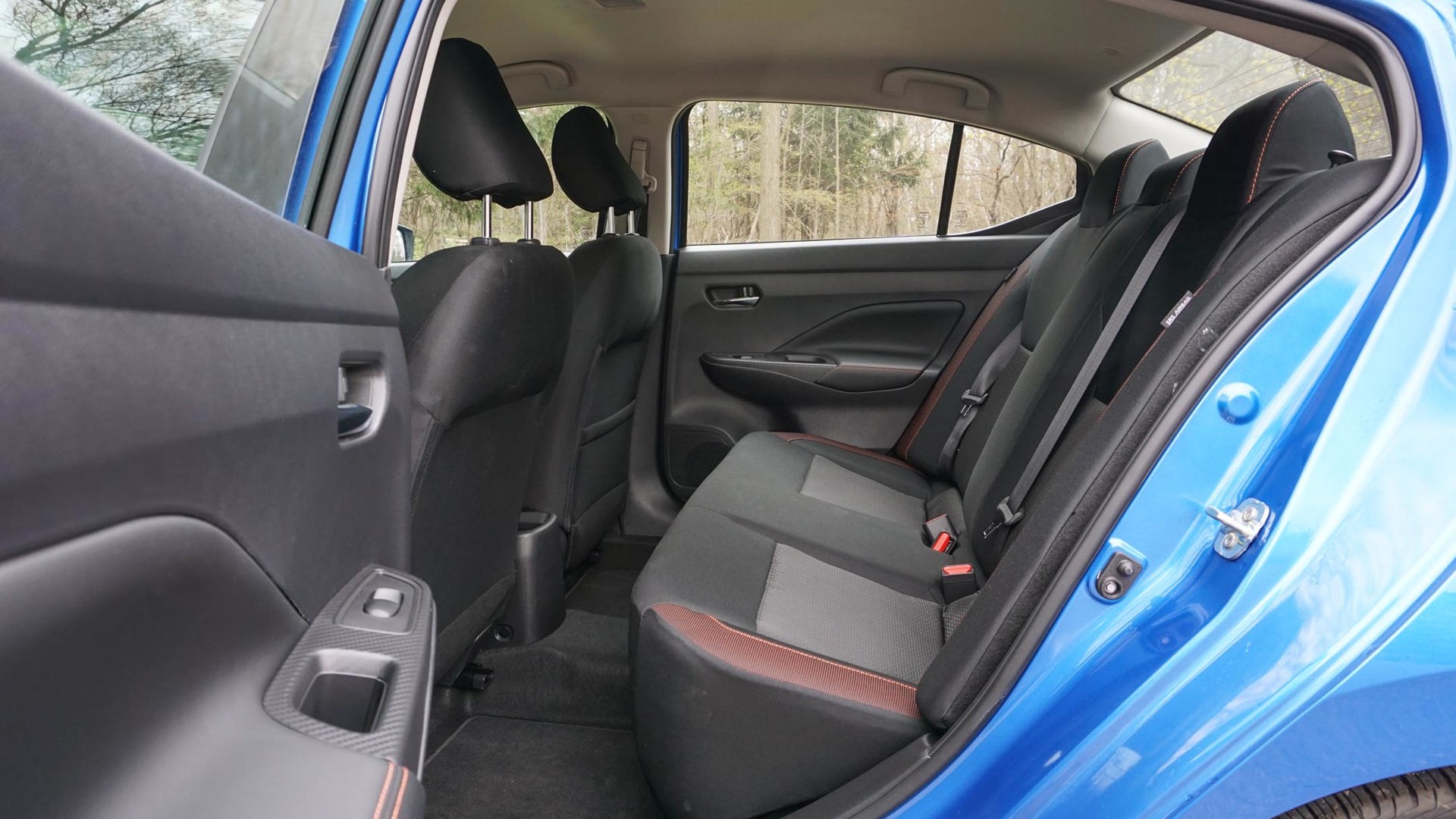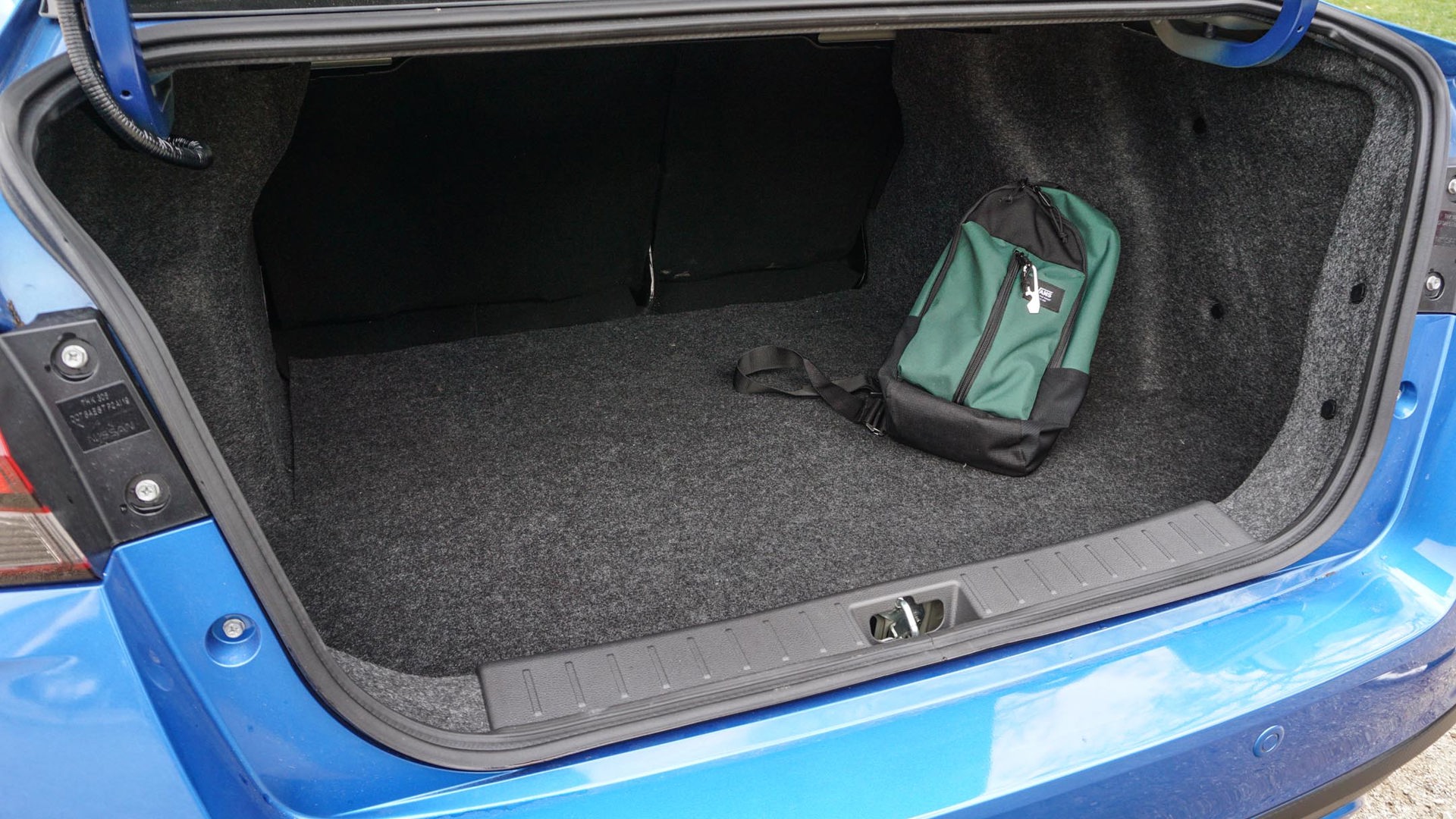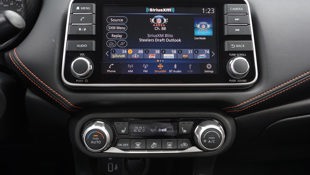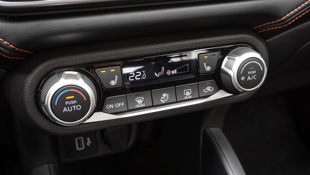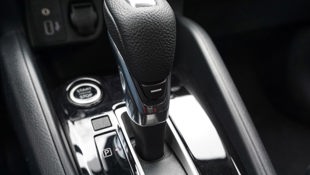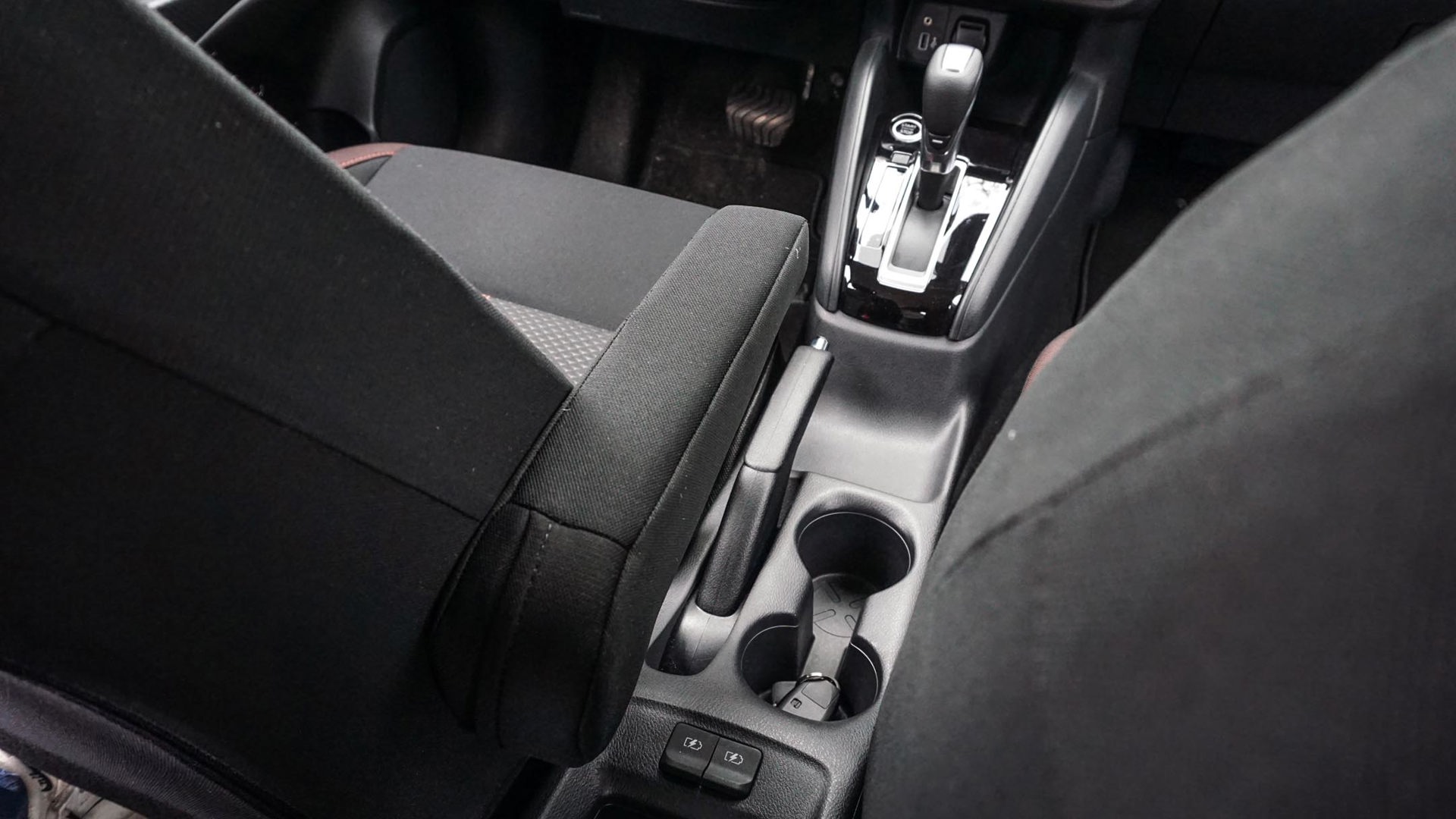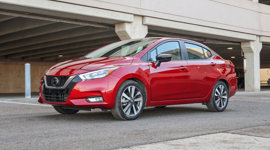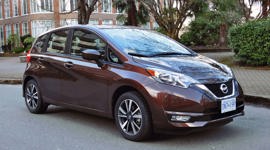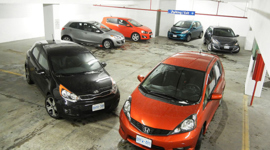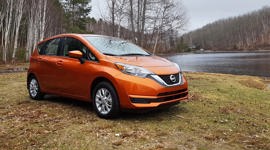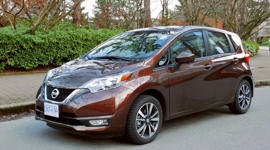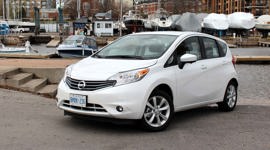 AutoTrader SCORE
AutoTrader SCORE
-
STYLING9/10
-
Safety8/10
-
PRACTICALITY7/10
-
USER-FRIENDLINESS8/10
-
FEATURES7/10
-
POWER7/10
-
COMFORT6/10
-
DRIVING FEEL8/10
-
FUEL ECONOMY9/10
-
VALUE9/10
You get what you pay for.
This, of course, is the financial equivalent of, “I told you so.” It doesn’t do anyone any favours other than the arbiter who, for a very brief moment, feels some sense of superiority. It’s always issued as a warning – or worse, in hindsight – and never as best wishes or a nod to your prowess as a bargain hunter.
The 2021 Nissan Versa isn’t likely to shed that stigma anytime soon, but it does deliver an exceptionally affordable car in a market that’s sorely lacking them. After a six-year absence from the Canadian market, this is a small sedan from which you’ll get precisely what you pay for. Only this time, that’s a good problem to have.
Value: 9/10
It can serve as some serious sticker shock to see a starting price near $18,000 before tax and call it good value. That’s particularly true given the lovely little Micra that was scrubbed from existence after 2019 rang in at a little more than $12,000 in its cheapest duds. But there’s more to this small sedan than meets the eye.
It’s also important to note that the base Versa brings with it a manual transmission – an age-old trick automakers employ to keep the advertised starting price as low as possible. To make it an automatic is $1,500 more for a pre-tax total of $19,668 including freight. Fear not, though, because that base trim is the only one with which a manual is offered, meaning there’s no need to row your own gears in the SV ($21,168) or SR ($22,668) models.
Safety: 8/10
For a bit of context, the Toyota Tercel, a car that quickly came to define affordable transportation in decades gone by (and one that your humble author once owned himself in his younger years), started at about $13,000 late in its run. Adjusting for inflation using the handy Bank of Canada calculator, a base Tercel bought in 1998 would cost about $20,000 today – and that was for a car that didn’t even come fitted with standard airbags.
And yes, safety standards have taken some serious strides in the years since; but the story here goes beyond the 10 airbags scattered throughout the cabin, or the back-up camera that’s now mandatory on every new car sold in Canada. For instance, every Versa trim comes with forward collision warning with pedestrian detection, front and rear automatic emergency braking, automatic high-beam headlights, and lane-departure warning. That’s one helluva list for a sub-$20,000 car.
While blind-spot monitoring isn’t standard, it’s equipped on all but the base model. Notably, there’s no adaptive cruise control or lane-keep assist, both of which are standard in the base version of the slightly larger Toyota Corolla for its $21,000 starting price before tax.
Features: 7/10
Looking back at the Micra, no matter how lovable it was there were also some notable absences from its list of comfort and convenience features. Take, for example, power windows and locks, cruise control, or air conditioning – they were kept off the menu in the base model in order to keep the price down. But the cheapest Versa gets all that stuff to go with keyless entry and push-button start.
The frills are fairly limited from there, but heated front seats, automatic climate control, Apple CarPlay and Android Auto, and satellite radio are included in the SV and SR trims, while the latter gets two extra speakers for a total of six. The top two trims also get alloy wheels instead of the steelie-and-hubcap setup from the base model.
Practicality: 7/10
Don’t think for a second that Nissan didn’t find its fair share of efficiencies elsewhere, though. Take the fold-down armrest that’s only found on the driver’s seat instead of the passenger seat, too – and that’s only if you skip the base trim, which doesn’t get one at all. There’s also no centre armrest for passengers in the back regardless of trim, while the cheapest version skips the 60/40 split-folding functionality that extends the cargo area when required.
The Versa’s trunk is sizable one way or another, and easily swallowed AutoTrader.ca’s cargo-testing pedal car. In fact, at 425 L its outright volume is on par with the much larger Toyota Camry midsize sedan. However, the trunk lid’s hinges are exposed and swing down into the cargo area, swapping paint with that pedal car as a result. The rear seats also don’t fold flat with the trunk floor, leaving a substantial transition to work with when loading large items. And while that won’t pose a problem with stuff like skis, it limits the utility for bulky cargo.
Lowering the rear seats to eliminate that transition would also afford some extra headroom in the back, which the Versa desperately needs. While legroom is more than adequate for such a small car, this will be no friend of five-star rideshare ratings. It’s fine up front, though, with the absence of a sunroof paying dividends for taller occupants. In fact, there’s significantly more headroom in this tiny four-door than those Toyota sedans or the slightly larger (but still compact) Nissan Sentra. And while cabin width is noticeably lacking by comparison, it doesn’t feel uncomfortably narrow.
Comfort: 6/10
What does feel uncomfortable are the Versa’s seats. It’s yet another way Nissan cut back a bit to keep costs down, with a noticeable lack of foam density leading to serious upper leg pain after short spells inside. While the chairs look good in the SR trim tested, with their orange accents and soft-touch centre inserts, they proved far from pleasant to occupy. And, of course, other materials inside like the plastic door panels look and feel cheap and hollow – a trait that’s typical of cheap cars like this.
Another characteristic common in cars like the Versa is the dreaded NVH: noise, vibration, and harshness. And while there’s a clear lack of sound deadening it’s not much louder than the average mainstream sedan regardless of price or size, while ride quality is decent. It’s definitely a little rigid, but suspension damping is reasonably smooth for the package.
Driving Feel: 8/10
While stopping short of sporty, being this small and nimble makes the Versa an agile performer. Steering response is quick, which is what’s to be expected from a car with such a tiny little wheelbase, but what’s at least slightly surprising is just how stable this sedan is. Unlike the Tercel, which felt like cheating death when crossing a bridge on especially windy days, or even the Micra that was prone to being pushed around by strong gusts, this little sedan stays firmly planted at all times.
There’s not even any bump steer – the sensation where a road imperfection or curb cut causes the steering to involuntarily pull to one side or the other – to worry about, with a substantive and solid feel behind the wheel. And while that’s as much a testament to modern power steering as anything else, it’s proof that Nissan didn’t skip out on the basics here.
User Friendliness: 8/10
Now about those basics. Nissan’s kept it all about as simple as possible inside the new Versa, with primitive controls and a logical layout that’s easy to grow accustomed to. There’s a seven-inch touchscreen in the centre of the dash no matter the trim – the base model is bereft of features and functions – and a bank of buttons and knobs for climate beneath it with an LCD screen to display temperature, fan speed, and direction.
The console is even more streamlined, with little more than the push-button ignition switch, gear selector, emergency brake handle, and cupholders to contend with. (Fun fact: there’s only a single cupholder at the back of the console for passengers to fight over along with two USB ports.) The steering wheel also comes fitted with the requisite switchgear for cruise control, audio, phone calls, and voice commands, as well as menu buttons to cycle through the various displays in the gauge cluster.
The bubble-like shape of this sedan makes for great sightlines in all directions, while the short snout and trunk mean there isn’t much car to worry about when parallel parking on a narrow city street.
Styling: 9/10
Nissan has done a nice job of bringing some cohesion to its stable of sedans as far as styling goes, and this smallest sibling is a shining example. The family resemblance that trickled down from the midsize Altima can be seen from all angles, with the same “floating” roof look achieved using black plastic on the C-pillars, as well as the signature V-shape fascia (albeit with a much smaller grille). Even the taillights are like scaled down versions of the Altima’s, while the Versa’s overall shape is akin to a Sentra that was squeezed in a massive vice, creating the slightly bulged roofline.
Power: 7/10
The automaker has also kept it all in the family with what’s under the hood, with the Versa getting power from the same 1.6L four-cylinder as the Kicks subcompact crossover. It generates an identical 122 hp and 114 lb-ft of torque, which isn’t much at all but it manages to motivate the sedan with enough force to even feel halfway fun on a winding road. It’s most perky and pesky from a standing start, with pull dropping off quite a bit at highway speed, but there’s enough there to do what’s asked of it.
There’s even a sport mode that’s engaged via a hidden button on the back of the gear selector, though it doesn’t go as far as others out there in terms of putting extra pep in the Versa’s step. However, the biggest complaint about the powertrain comes down to the continuously variable transmission (CVT), which makes a whole lot of noise but that’s about it.
Fuel Economy: 9/10
Naturally, this isn’t a sport compact in any way, shape, or form. But it is designed to be basic transportation that doesn’t burn a lot of gas, and that’s a job the Versa does well. Officially, it’s rated for 7.4 L/100 km in the city, 5.9 on the highway, and 6.7 combined (the base manual model is slightly worse at 8.6/6.6/7.7 L/100 km city/highway/combined). A week-long test split slightly in favour of highway driving turned in a combined average of 6.5 L/100 km over the course of 630 km – among the best non-hybrid fuel consumption results your humble author has ever recorded.
The Verdict
Are there sacrifices that come with affordability? Of course. Among the biggest here is probably the seats that are about as comfortable as a $99 computer chair, which could pose a problem for long-distance commuting.
But based on the sum of its parts, the 2021 Nissan Versa isn’t just a better car than the subcompacts sedans of old, but it’s inherently safer and delivers a decent selection of equipment – and all for a decent price. It’s one of those rare occasions when getting what you pay for is a pretty good deal. The end may be near for cheap cars like this in Canada, but at least the Versa breathes some much-needed life into this dying segment of small and affordable sedans.
| Engine Displacement | 1.6L |
|---|---|
| Engine Cylinders | I4 |
| Peak Horsepower | 122 hp @ 6,300 rpm |
| Peak Torque | 114 lb-ft @ 4,000 rpm |
| Fuel Economy | 7.4 / 5.9 / 6.7 L/100 km cty/hwy/cmb |
| Cargo Space | 425 L |
| Model Tested | 2021 Nissan Versa SR |
| Base Price | $20,998 |
| A/C Tax | $100 |
| Destination Fee | $1,670 |
| Price as Tested | $22,903 |
|
Optional Equipment
$135 – Electric Blue Paint, $135
|
|
